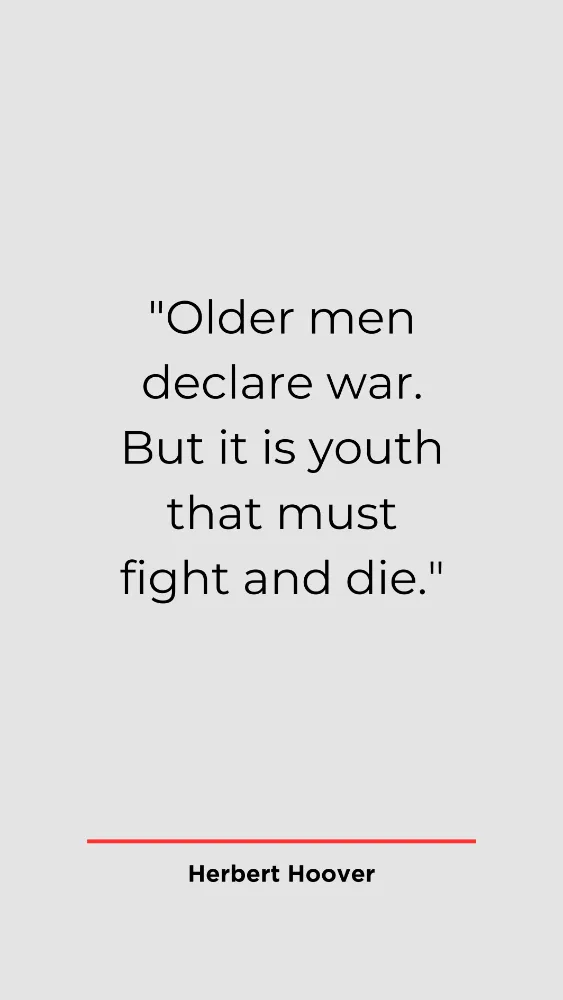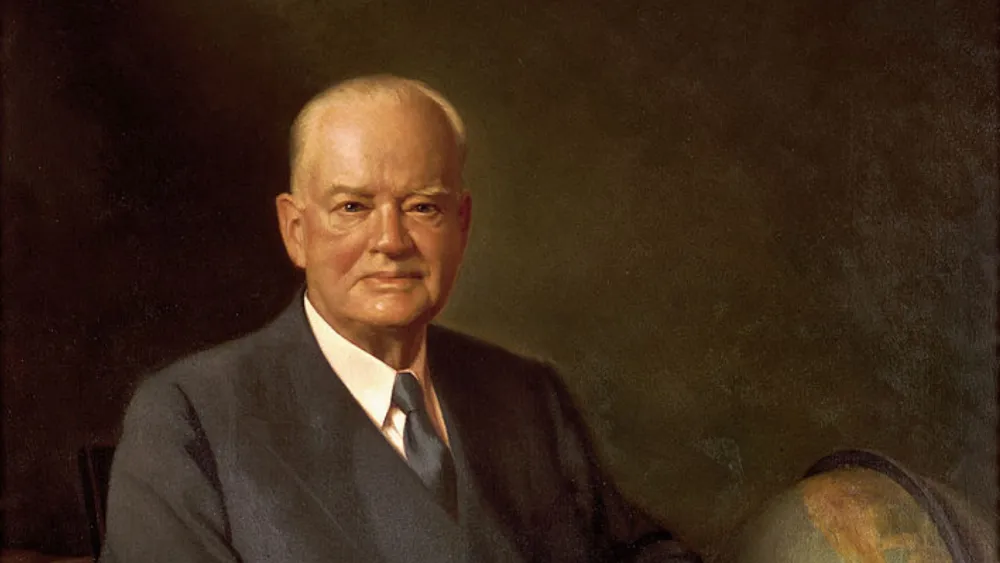Herbert Hoover, the 31st President of the United States, is often remembered for his unfortunate tenure during the Great Depression. However, his life and career were much more multifaceted than this single chapter in history. Hoover was a remarkable individual who achieved greatness before and after his presidency.
In this blog, we will explore Herbert Hoover’s life and legacy, exploring his early years, his rise to prominence as a mining engineer, his presidency, and his post-presidential contributions.
The Educational Ascent: Stanford University Years
On August 10, 1874, Herbert Clark Hoover was born in West Branch, Iowa. His early years were characterized by sorrow and adversity because, at the age of nine, he lost both of his parents, leaving him to face the rigors of life alone.
Despite this adversity, young Herbert displayed remarkable determination and intelligence, which would shape his extraordinary life. His pursuit of education became a beacon of hope.
At Stanford University, Hoover immersed himself in geology and mining engineering. The rigors of academia were no match for his tenacity. Also, he graduated in 1895 armed with the knowledge that would prove instrumental in his future endeavors.
Hoover’s journey from a small Iowa town to the global stage as a prominent mining engineer and statesman is a testament to his unwavering commitment to self-improvement and service to others.
Engineer Extraordinaire
Hoover’s education laid the foundation for his remarkable career as a mining engineer, propelling him into a world of innovation and international recognition. Moreover, his academic achievements were not just certificates but gateways to a life of purpose and adventure.
As an engineer, he traveled to distant lands and lent his expertise to various mining projects. From the vast goldfields of Western Australia to the intricate mines of China, Hoover’s work transcended borders, earning him a reputation as an engineer without equality.
His engineering skills were complemented by a keen eye for detail, allowing him to precisely identify and rectify complex mining challenges. His colleagues and clients soon realized that Herbert Hoover was more than a professional; he was a visionary problem solver.
One of his most significant accomplishments was his pivotal role in developing the Australian zinc industry. His contributions here solidified his status as a prominent mining engineer and garnered international acclaim. The Australian venture was a testament to his ability to turn mining enterprises into thriving, sustainable industries.
Herbert Hoover and His World War I Relief Work
As Herbert Hoover’s reputation as a skilled engineer grew, so did his sense of duty to humanity. The outbreak of World War I gave him an opportunity to apply his talents and compassion on a grand scale.
During the devastating conflict, Hoover assumed the leading humanitarian role by directing the Commission for Relief in Belgium (CRB). This was a monumental endeavor, aiming to provide food and aid to a Europe ravaged by the horrors of war. Under Hoover’s unwavering leadership, the CRB orchestrated a vast and complex logistical operation. It spanned continents and saved countless lives.
His efforts transcended borders, demonstrating the power of international cooperation for a noble cause. Hoover’s vision and organizational skills were instrumental in coordinating relief efforts and ensuring food reached those who needed it most.
Afterwards, his commitment to alleviating suffering during this unruly period earned him widespread recognition.
The Commission for Relief in Belgium became a symbol of hope amidst the chaos of war. Therefore, it illustrates Hoover’s ability to mobilize resources. Moreover, he made a profound difference in the lives of those affected by adversity. This chapter in his life foreshadowed his future role in American politics and leadership on the world stage.
Presidency and the Great Depression
The onset of the Great Depression marked Hoover’s presidency, which began in 1929. This economic catastrophe was one of the most challenging periods in American history. Hoover’s approach to dealing with the crisis has been a subject of historical debate.
He advocated limited government intervention, emphasizing voluntarism and private-sector cooperation to ease economic suffering.
While Hoover implemented various measures to address the crisis, including the Reconstruction Finance Corporation and public works projects, many believed his responses were inadequate.
The Great Depression deepened, and Hoover’s popularity waned. His presidency is often remembered for the shantytowns of unemployed Americans, known as “Hoovervilles,” and the hunger marches of the time.

Post-Presidential Life
A steadfast commitment to public service and humanitarianism marked Herbert Hoover’s post-presidential years. In the crucial years of World War II, he continued to play a significant role in addressing global crises.
During World War II, Hoover chaired multiple commissions, applying his leadership skills and extensive logistical knowledge. He oversaw and coordinated numerous humanitarian efforts aimed at assisting war-torn countries. Moreover, his unwavering dedication to alleviating suffering transcended national borders. So, it emphasized the significance of international cooperation and assistance in times of crisis.
The Living Legacy of Herbert Hoover
One of Herbert Hoover’s most enduring and impactful legacies is the Hoover Institution on War, Revolution, and Peace at Stanford University. Founded in 1919 as the Hoover War Library, this institution has evolved over the decades into a renowned center for research and scholarship.
The Hoover Institution houses extensive archives, offering a treasure trove of historical documents and resources that enable scholars, researchers, and policymakers to delve into critical issues related to war, peace, and governance.










